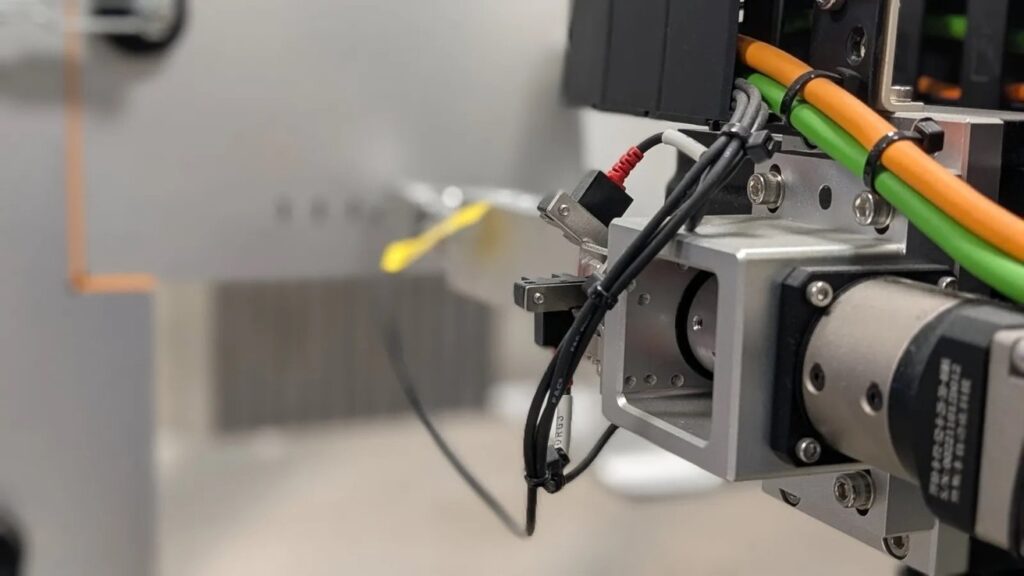
Apple has unveiled a rare glimpse into the rigorous durability testing processes applied to its flagship products, including the iPhone and iPad. This revelation, made public on July 5, 2025, showcases the company’s commitment to ensuring their devices withstand the demands of everyday use. The announcement was accompanied by images of robotic machines designed to test the repeated insertion and removal of USB-C cords, among other stress tests.
The disclosure comes as part of Apple’s ongoing efforts to bolster consumer confidence in the longevity and reliability of its products. With increasing competition in the tech industry, demonstrating the robustness of their devices has become a crucial aspect of Apple’s strategy to maintain its market leadership.
Inside Apple’s Testing Facilities
Apple’s testing facilities are equipped with state-of-the-art machinery that simulates real-world usage scenarios. The company has long maintained a reputation for high-quality products, and these facilities play a critical role in upholding that standard. The robotic machines, such as those testing USB-C port durability, are designed to mimic thousands of cycles of use, ensuring that the devices can handle the wear and tear of daily life.
Jonathan Bell, an engineer involved in the testing process, explained, “Our goal is to identify potential points of failure before they reach the consumer. By subjecting our devices to these rigorous tests, we can ensure that they meet the highest standards of durability.”
Why Durability Matters
Durability has become a significant selling point for consumers when choosing electronic devices. As smartphones and tablets become more integral to daily life, users expect their devices to be both functional and resilient. Apple’s focus on durability aligns with broader industry trends where consumers demand more from their technology investments.
According to a recent consumer survey, 85% of respondents indicated that durability was a “very important” factor in their purchasing decisions. This emphasis on longevity is not only a matter of consumer preference but also an environmental consideration, as longer-lasting devices contribute to reduced electronic waste.
Expert Opinions and Industry Comparisons
Experts in the field of consumer electronics note that Apple’s transparency in its testing processes is a strategic move that could set a new industry standard. Dr. Emily Chen, a technology analyst, remarked, “By pulling back the curtain on their testing procedures, Apple is not only reinforcing their brand’s reputation for quality but also challenging competitors to demonstrate similar commitments to durability.”
Historically, Apple has been at the forefront of innovation in the tech industry. This latest move to showcase their durability testing is reminiscent of past initiatives where the company has led the way in setting benchmarks for quality and performance.
Implications for the Future
The implications of Apple’s durability testing transparency are manifold. For consumers, it provides reassurance that their investment in Apple products is backed by rigorous quality control. For the industry, it may prompt other companies to follow suit, potentially leading to an overall improvement in product quality across the board.
Looking ahead, Apple’s commitment to durability could influence future product designs, with an increased focus on materials and construction methods that enhance longevity. As the company continues to innovate, maintaining consumer trust through transparency and quality assurance will likely remain a cornerstone of its business strategy.
In conclusion, Apple’s decision to reveal its durability testing processes underscores the company’s dedication to product excellence. As the tech giant continues to navigate the challenges of a competitive market, its emphasis on quality and transparency will be key to sustaining its leadership position.






